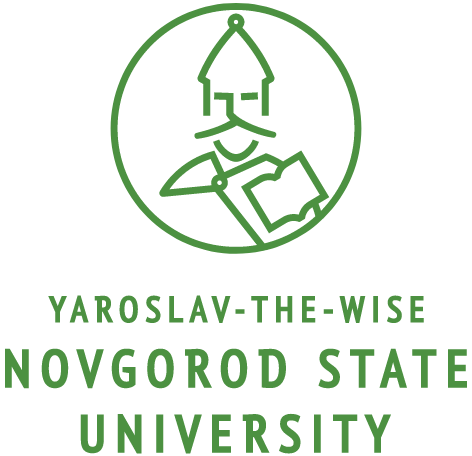Who Is toy and What Did He kazaў? (Use of yak toy kazaў combination in Belarusian speech)
DOI:
https://doi.org/10.34680/VERBA-2021-2(2)-79-94Keywords:
authorization, deliberative, utterance, introductory words, phraseological unitAbstract
The facts of the “yak toy kazaў” [as they say] combination popularity in the modern Belarusian speech, the linguistic status of which in Belarusian linguistics is interpreted in different ways: phraseological unit, phraseme, words-parasites, are considered. The objective is to identify the features of this phraseological unit functioning in Belarusian speech, for which the functional-communicative approach is used. The analysis methodology consists of determining the functions of the “yak toy kazaў” combination in an utterance, establishing options for expanding the phraseological unit towards free collocations, describing the word “toy” referential content, as well as the content of the deliberative part of the statements with the “yak toy kazaў” combination and its variants. As a result, the following functions of the “yak toy kazaў” combination in Belarusian speech have been identified – the function of introduction, authorization, speaker’s self-expression and filling in his verbal and cogitative lexical gaps, colloquial speech and vernacular stylization, appeal to the recipient’s awareness, ensuring the discourse dialogicity, speech etiquette function. Around the “yak toy kazaў” invariant phraseological unit a variable space with the following paradigm (with a vector to free constructions): “yak toy kazaў → kazaў toy → yak kazaў toy N → yak kazaў N → kazaў N → kazaў / pіsaў / dumaў… N” was formed, and the “toy” pronoun, which is indefinitely referential in a phraseological unit, acquires a referential function as it moves away from the center to the periphery of space. Being a living and active linguistic phenomenon, the “yak toy kazaў” combination shows the ability to expand its functions in modern communication, which is expressed in its correlation with the deliberative part of the utterance content, in the centrifugal tendency from the idiomatic invariant to free syntactic constructions.
Downloads
Downloads
Published
How to Cite
Issue
Section
License
Copyright (c) 2021 Verba

This work is licensed under a Creative Commons Attribution-NonCommercial 4.0 International License.








